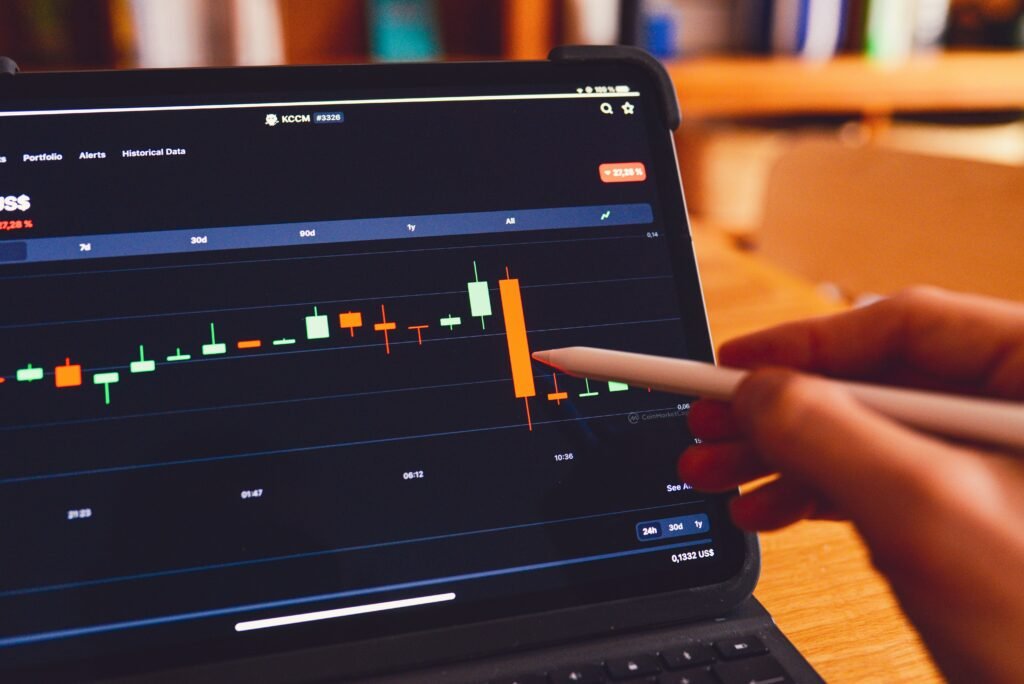Has Bitcoin’s 4-year cycle, long the backbone of crypto price predictions, reached the end of its reign? With new players and evolving market forces, the cryptocurrency market faces a pivotal moment. As of 2024, major institutional investment, ETF approvals, and changing investor behavior suggest we may finally witness a break in the legendary Bitcoin rhythm. Let’s dive into what’s changing, why it matters, and how the crypto landscape might never be the same.
ETF investors are changing Bitcoin’s 4-year cycle
Traditionally, Bitcoin’s price followed a four-year cadence—booming after each halving, then sinking as the excitement wore off. But the arrival of ETFs in January 2024 has brought a wave of institutional investment that’s fundamentally shifting this dynamic. ETF investors, including giants like Harvard and Goldman Sachs, act differently from early retail speculators. Their strategies are typically long-term and less emotional, reducing the extreme highs and lows that once defined the cryptocurrency market. As a result, the cycle’s old predictability may no longer apply.
Institutional investment and mature market dynamics
With every passing year, Bitcoin becomes more entrenched in mainstream finance. Today’s market dynamics are shaped by institutional investment from influential entities, such as Bitwise and Luxor mining firm. These organizations bring stability, liquidity, and a longer investment horizon. Instead of abrupt supply shocks fueled by the halving, prices are increasingly responding to global economic trends, demand from regulated investment products, and wider adoption. The result? A potentially smoother, less volatile ride for Bitcoin, disrupting the once ironclad 4-year cycle.
Halving events: Still important or fading out?
Historically, the Bitcoin halving—an event where mining rewards are slashed every four years—was considered ground zero for market booms. Investors braced for dramatic surges and subsequent crashes. However, in 2024, the influence of these events appears subdued. As ETF-driven and institutional investors become a larger part of the equation, the market reacts less to the halving itself and more to broader investor sentiment and macroeconomic factors. This shift raises a critical question: Is the halving still a major catalyst for upward momentum?
Emerging cryptocurrency market trends in 2024 and beyond
Since Bitcoin’s all-time high in November 2021 and subsequent correction in 2022, the market’s behavior in 2024 is marking new territory. Key moments, from ETF approvals to evolving U.S. regulations and shifting global demand, point to a maturing cryptocurrency market. Analysts are divided: some see “cycle fatigue,” where the timing and impact of previous market booms are less consistent. Others argue that familiar patterns persist, driven by human nature and group psychology. Either way, Bitcoin’s 4-year cycle faces fresh challenges, and the coming months may set new precedents.
What this means for long-term crypto investors
The possible transformation of Bitcoin’s 4-year cycle has huge implications for investment strategies. Instead of high-stakes guessing games around each halving, investors should watch for signals from institutional activity, ETF inflows, and global market dynamics. Diversification, risk management, and awareness of broader trends now matter more than ever. While no one can predict the future with absolute certainty, it’s clear that Bitcoin’s evolution is making the market both more sophisticated and more resilient.
Frequently asked questions about Bitcoin’s 4-year cycle (FAQ)
What is Bitcoin’s 4-year cycle?
It’s a historically observed pattern where Bitcoin’s price soars about one year after each halving (every four years), then declines, repeating in set intervals.
How do ETFs impact Bitcoin’s traditional price cycles?
ETFs invite more institutional and long-term investors, smoothing out volatility and making price booms and busts less predictable than in earlier crypto years.
Are halving events still important for the cryptocurrency market?
While halvings still affect Bitcoin’s supply, their market impact is decreasing as institutional investment and overall demand grow in importance.
Why are institutional investors considered a game-changer?
Major institutions bring stability and capital, dampening the dramatic supply-driven swings that characterized earlier Bitcoin price cycles.
What should crypto investors watch for in 2024 and beyond?
Keep an eye on ETF growth, regulatory shifts, institutional buying, and macroeconomic trends, as these factors now overshadow old cycle signals.
Sources to this article
- No first-party sources were directly cited.
- Previous related coverage for context:
- BlockAI, “Ethereum all-time high: what’s behind the record-breaking surge?” defidonkey.com
- BlockAI, “Coinbase CEO’s Bold Bitcoin to $1M Prediction: What It Means for You,” defidonkey.com
- BlockAI, “Investment strategies shift as Bitcoin ETFs face $1 billion in outflows while Ethereum rebounds,” defidonkey.com
(For complete references, see Harvard-style citations in the site’s source index.)



